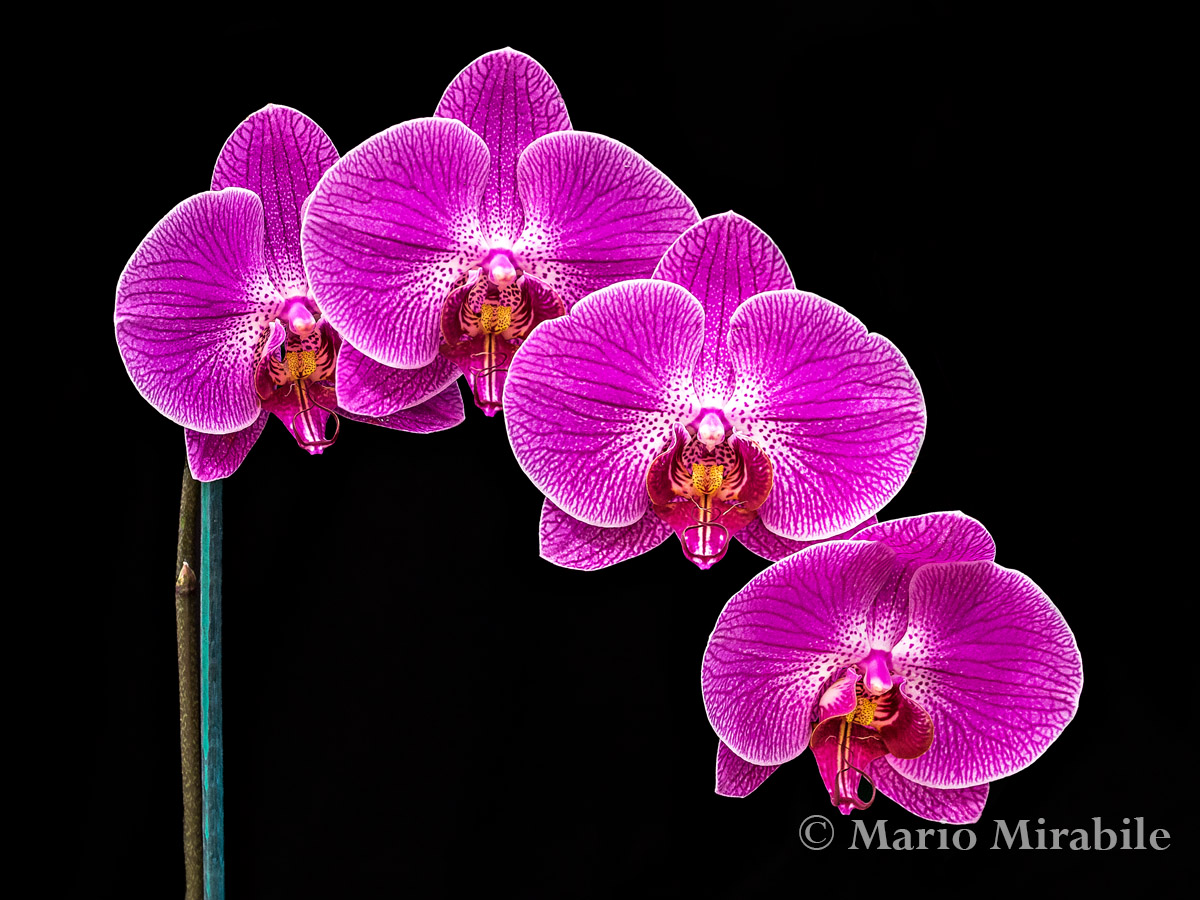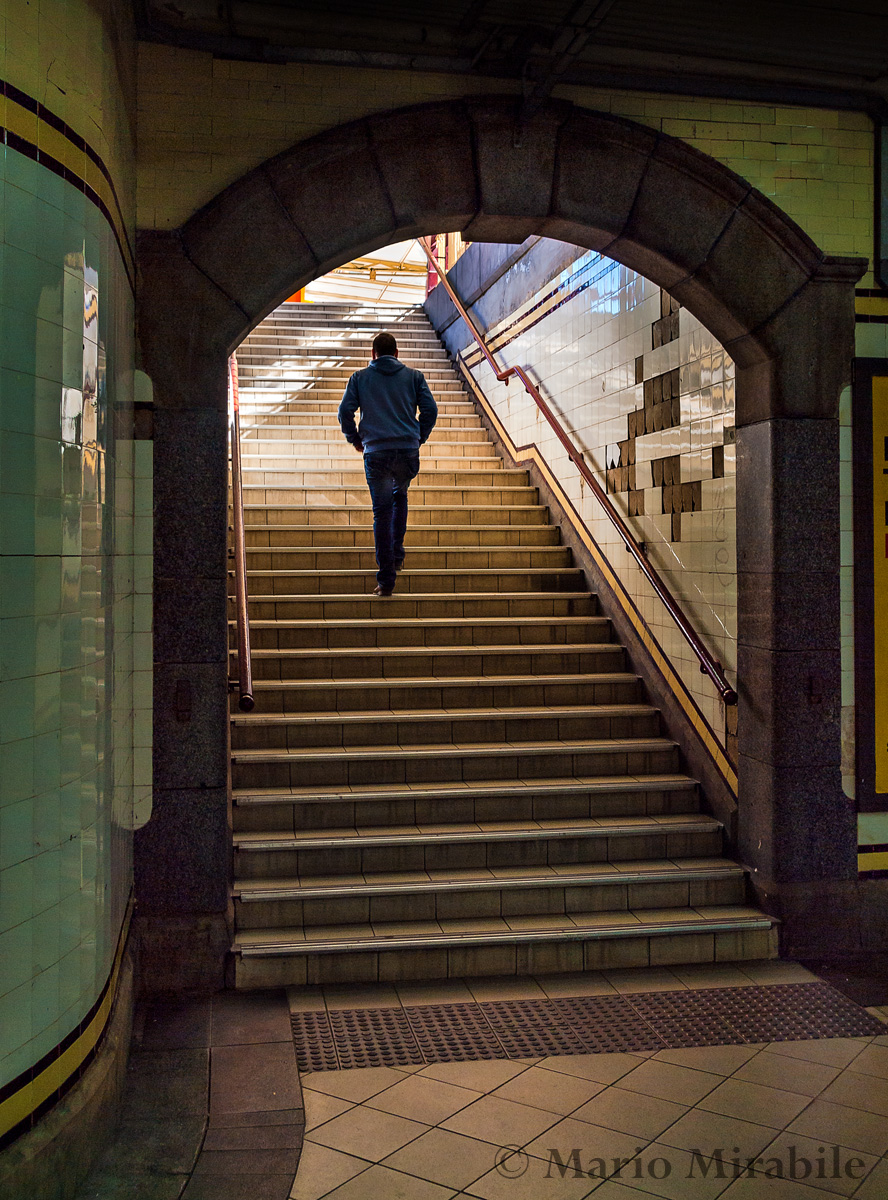Brighton is the most up-market bayside suburb in Melbourne, and the prized real estate is not restricted to the streets running down to the pleasant shores of Port Phillip. On the beach at the end of Dendy Street, you'll find the Brighton bathing boxes. This colourful row of tiny buildings has become a photographic icon. While similar structures are scattered around the bay, these are the closest and most accessible to central Melbourne. The leasehold on the superbly located boxes rarely changes hands, and when one does come on the market, it is highly sought after. They change hands for more than it would cost to buy a house in some suburbs.
Over the years, they have been photographed from every conceivable angle. I have shots from the front, back, far away and nearby. However, I recently saw a shot from a perspective I hadn't seen before. Intrigued, I rode my bike down one afternoon to look for the vantage point from which it might have been taken. I found a likely spot along the foreshore, but the original must have been taken years ago as the tea tree had grown taller and now obscured the view.
Undeterred, I returned on a day when the light looked promising. The tea tree was still there, but I thought I might get a better angle if I could get over the low cyclone wire fence which separated the footpath from the steep slope down to the beach. It cost me a torn pair of trousers, but I did manage to get a view around the trees. I like a lot of things about this shot, but the crowd on the beach isn't one of them. I plan to return on a quieter day.
Tech Talk
It was a last minute decision to come down and try to get this shot, but the location isn't too far from home. I knew I'd need a long lens, so I took the Zuiko 50-200mm, a lens I've waxed lyrical about before. It doesn't look like it, but it's nearly 12 kilometres from the boxes to the city as the crow flies. I knew I wanted to keep both the boxes and city skyline in focus, so the anticipated f8 aperture mandated a tripod as well. The fence I had to get over was just low enough to straddle with some difficulty, otherwise I wouldn't have got the shot. I'm a bit past climbing chain-link fences.
When I return, I'll make sure I have more time to set up. This image really calls for a panoramic shot, so setting up the tripod properly for the panoramic sweep is important. Both the base and head need to be level for best alignment of the component images. Also, the best light, with the setting sun on both the city buildings and bathing boxes, only lasts a few minutes, so it pays to be ready.
Olympus E-5, Zuiko Digital 50-200mm f2.8-3.5 SWD. Two shot stitched panorama.






































